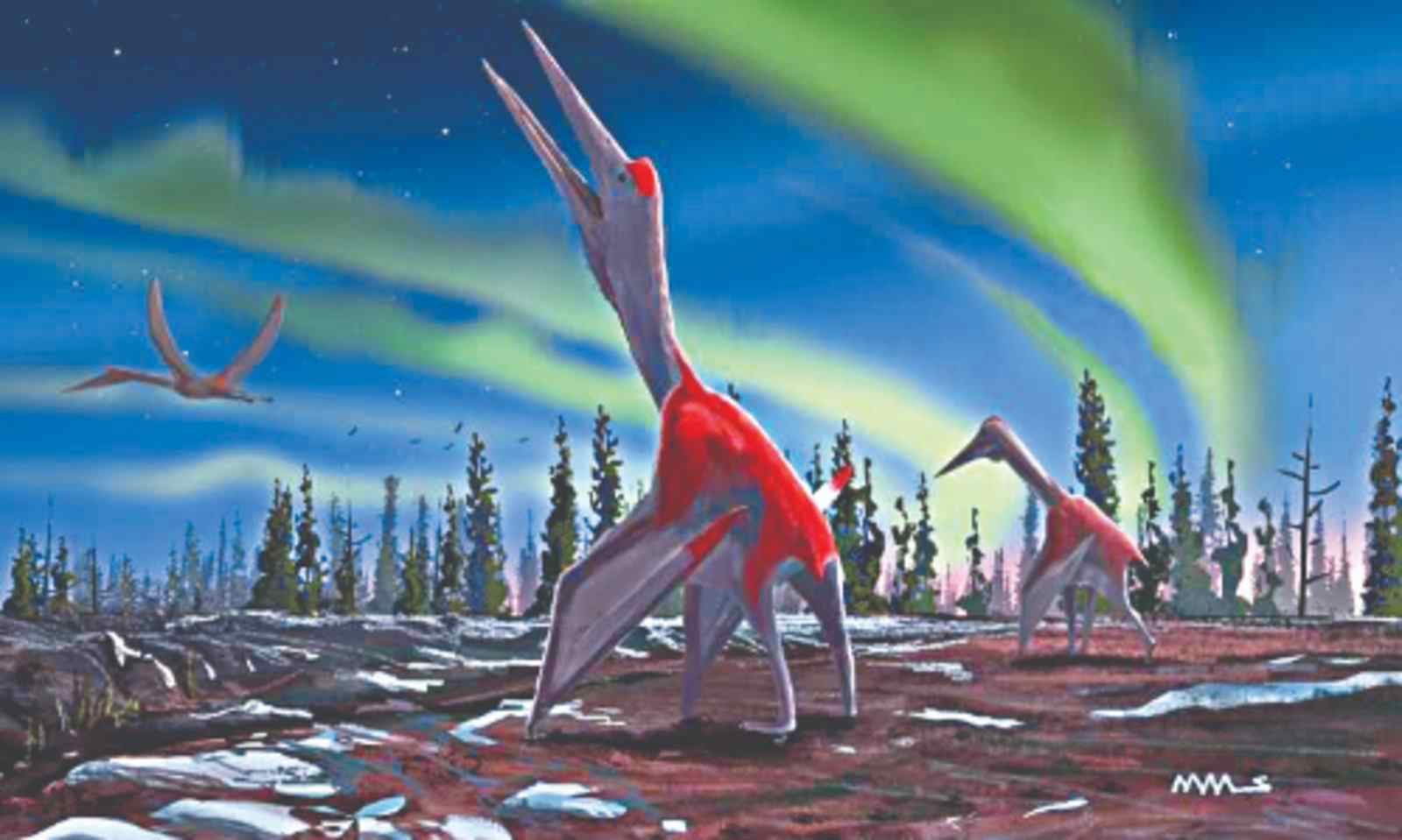900 319 0030
enquiry@shankarias.in
Cryodrakon Boreas (Cold dragon of the North Winds)

UN Human Rights Body (UNHRC)
Bombay Blood Group
Zero-budget Farming
Source: PIB, The Indian Express